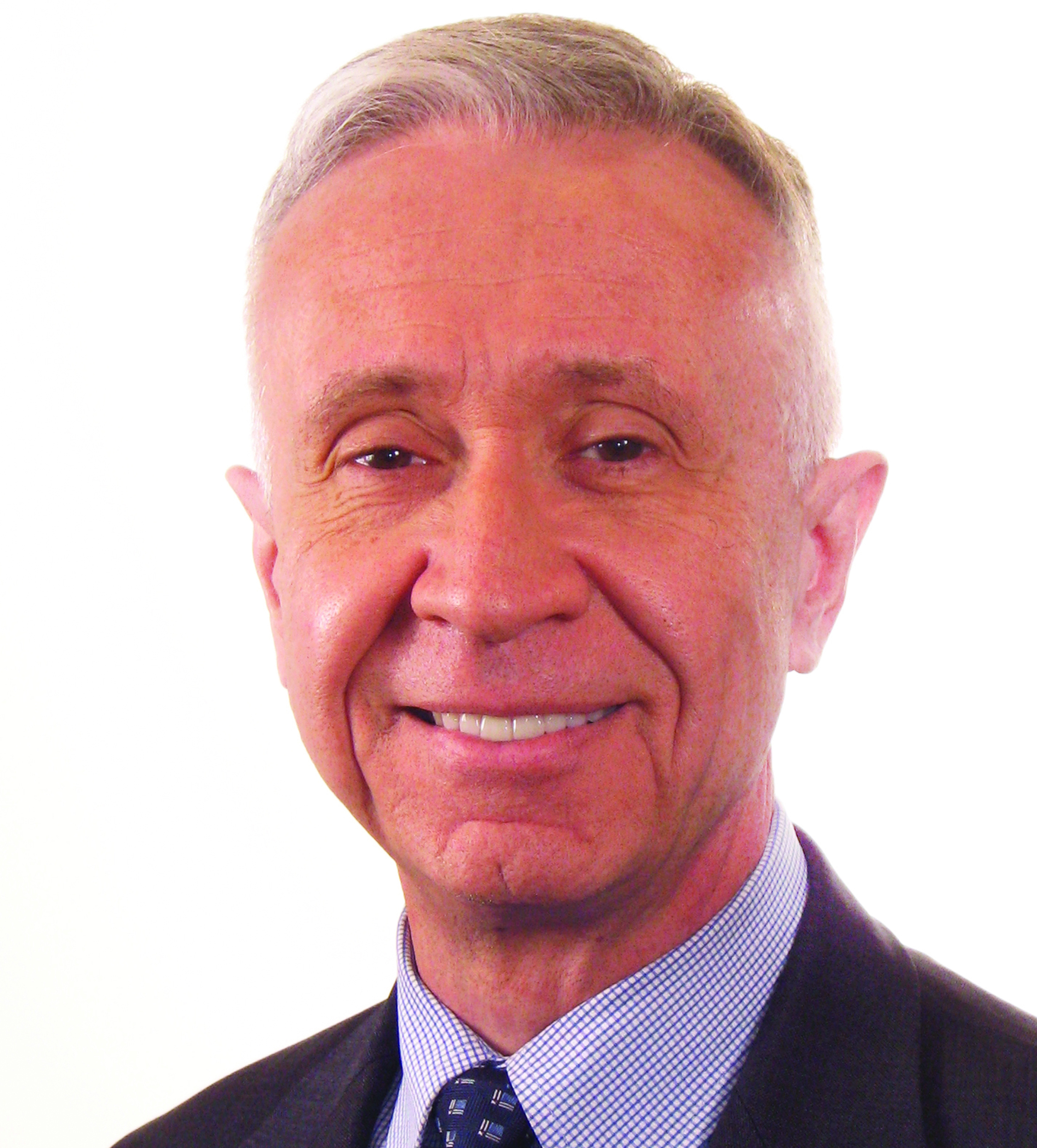What Is Better Than (Almost) Free Money?
By Robert Bach, National Director of Market Analytics, Newmark Grubb Knight Frank: The Federal Reserve hopes the answer to that question is stronger economic growth.
By Robert Bach, National Director of Market Analytics, Newmark Grubb Knight Frank
The Federal Reserve hopes the answer to that question is stronger economic growth. Following the recent meeting of the Federal Open Market Committee, Chairman Bernanke stated that the central bank may begin tapering its $85 billion in monthly bond purchases, known as quantitative easing, later this year, which triggered a broad selloff of stocks, bonds and commodities as investors reacted (overreacted?) to the prospect of rising interest rates.
Additionally the Fed released its quarterly economic forecast, helping to explain why it thinks the economy soon will be strong enough to withstand less monetary stimulus. The forecast includes projections of GDP, unemployment and inflation by the Fed’s 19 governors and regional presidents. The projections show the range of responses and the central tendencies, which exclude the three highest and three lowest projections for each variable in a year. Key points regarding the central tendencies in the forecast:
- By the fourth quarter of this year, the Fed sees GDP up 2.3 – 2.6 percent from the fourth quarter of 2012, slightly better than last year’s 2.2 percent growth. Inflation will stay in the range of 0.8 – 1.2 percent, lower than the Fed would like. The unemployment rate will fall from 7.6 percent in May to the range of 7.2 – 7.3 percent by the fourth quarter.
- In 2014 and 2015, GDP growth will accelerate as sequester-related headwinds abate and the housing recovery advances, into the range of 3.0 – 3.5 percent. Inflation will remain at or below the Fed’s target rate of 2.0 percent in both years while the unemployment rate will continue to recede, falling into the range of 5.8 – 6.2 percent by 2015.
- The longer run trend (which could be looked upon as the Fed’s view of equilibrium) is 2.3 – 2.5 percent annual GDP growth, unemployment of 5.2 – 6.0 percent, and 2.0 percent annual inflation.
- Fourteen of the 19 board members and presidents expect the Fed to begin raising short-term interest rates in 2015.
For commercial real estate, the Fed’s rosier outlook for the next 18 months, should it prove to be accurate, points to stronger leasing market momentum combined with an adjustment period for capital markets as interest rates, mortgage terms and potentially cap rates come under upward pressure. The income component of IRR calculations will gain traction, fueled by rising rents, while the appreciation component will face headwinds from rising interest rates. In broad terms, commercial real estate is moving from the recovery cycle into an expansion cycle, characterized by both rising rents and rising construction. These trends will play out in myriads of ways across property types, geographies and individual assets as landlords, tenants, buyers, sellers and lenders adjust their strategies.








You must be logged in to post a comment.